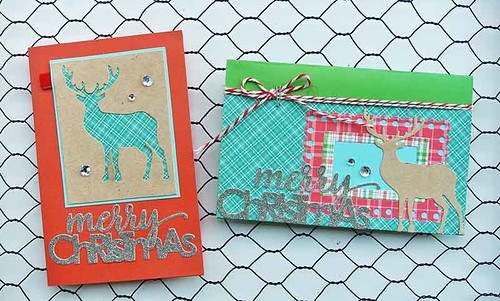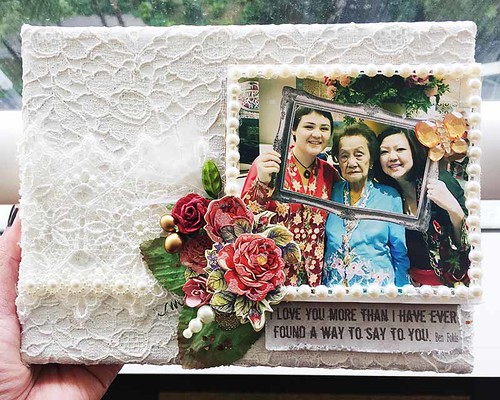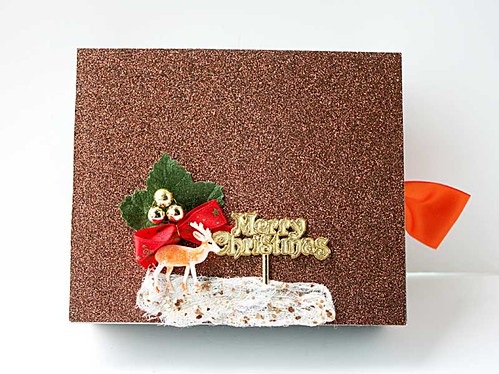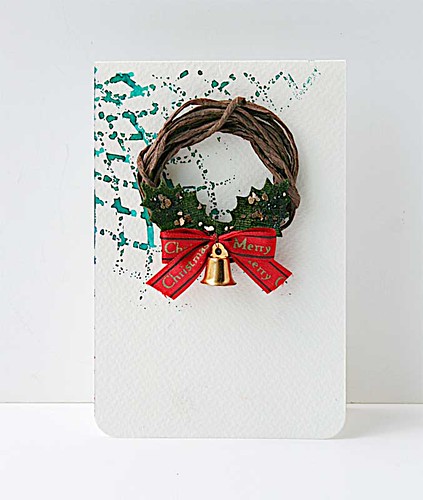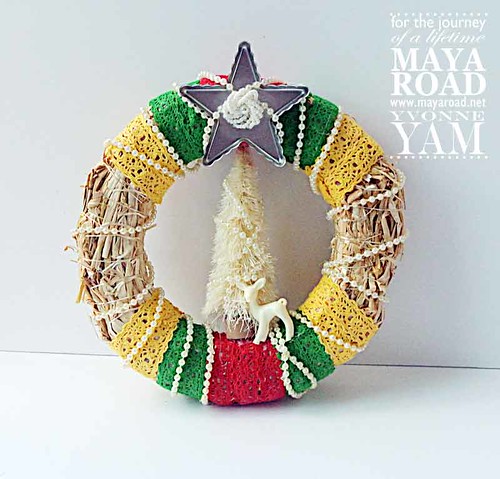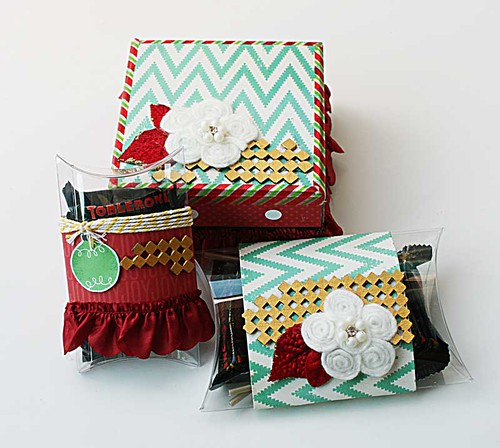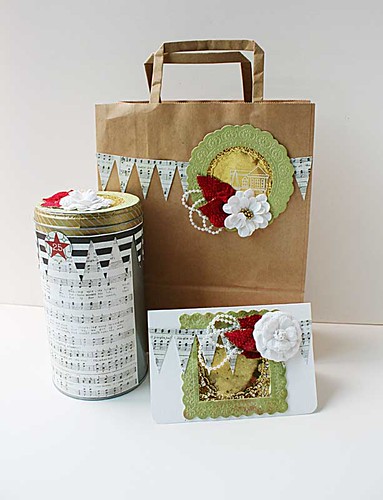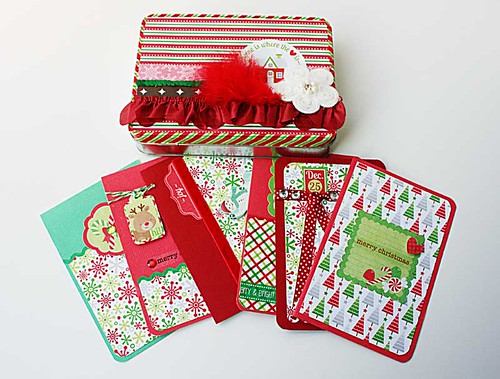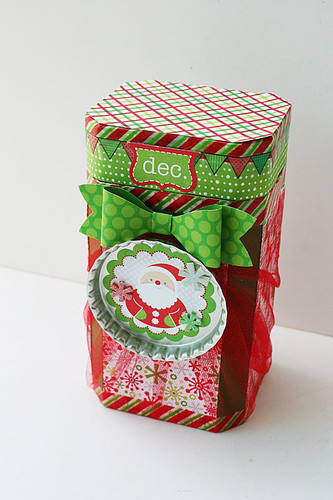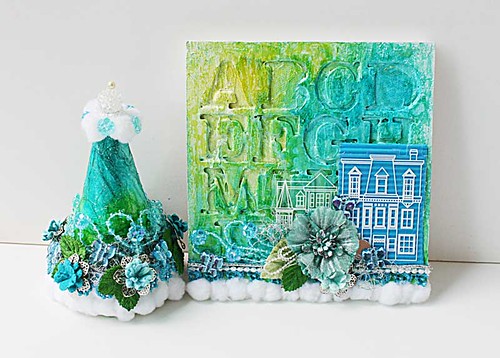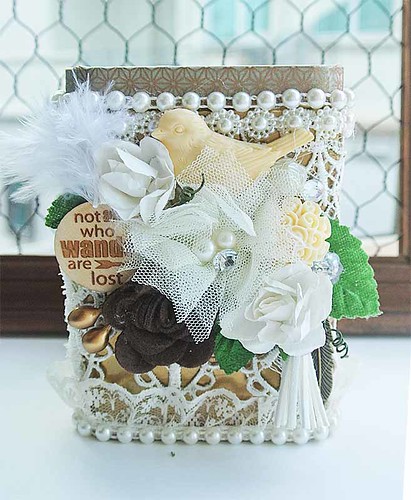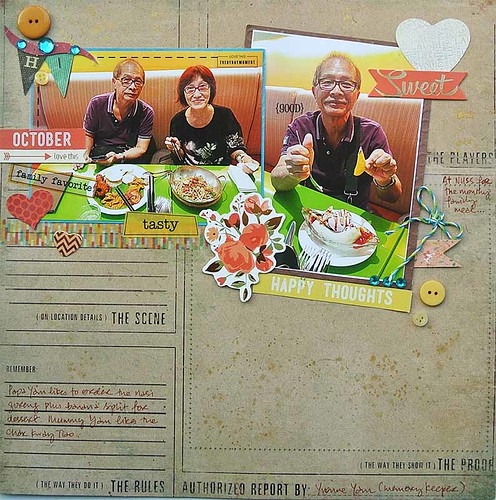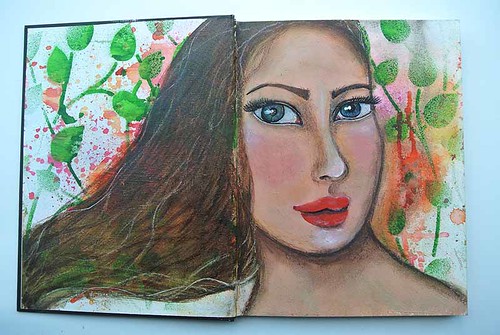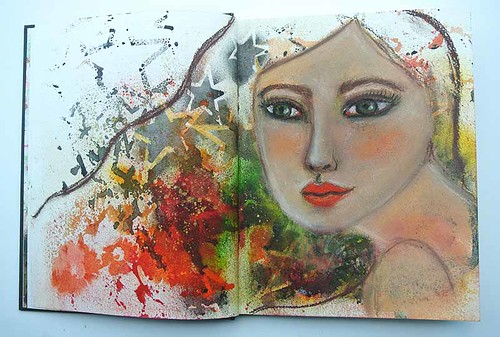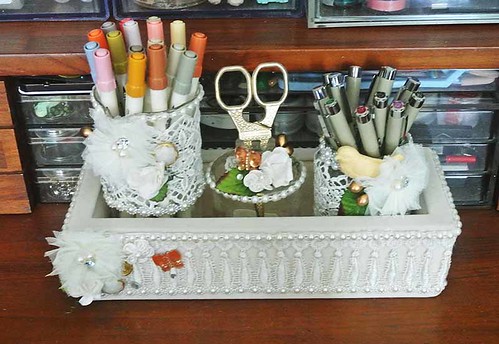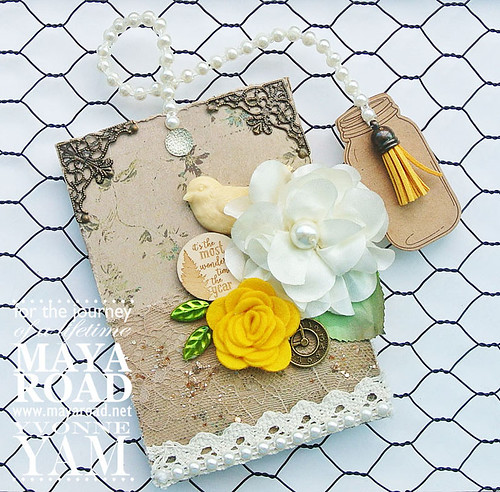Art supplies can be quite an investment especially when you are just starting to dabble in mixed media. While I encourage you to buy the best supplies you can afford (not necessarily the most expensive) because as a newbie, it can be quite discouraging to struggle with both technique and challenging supplies, there are some ways you can save money, using some supplies you might already have at home. Here is my mixed media on the cheap cheatsheet. :)
1. Make your own "gel medium".
Gel medium is my fave type of adhesive because it is non-sticky, dries clear and can take lot of wet media once it's dry. If you don't have gel medium, you can make your own at home with one part white glue and one part water.
2. Don't throw out the disposable cutlery.
Personally, I hate to eat with disposable anything...but sometimes, to go is the only way to go and I get stuck with used-once cutlery like plastic forks and knives. I use them in place of plastic palette knives to spread paint and mix colours. They are a little flimsy but at least you get to use them a few times before they break and you have to throw them away.
3. Keep your hairspray nearby.
Don't want to splurge on a fixative? Hairspray works well as a fixative for powders.
4. Find objects around the house that can be used as a mask/stamp.
Stencils are great for creating interesting backgrounds but it is quite an investment to build up your stash. Why not look for interesting objects in your home that can serve as a mask/stamp? Toilet roll tubes can be cut into fun shapes that can be used as both a mask and a stamp. If you are good with a penknife, create and cut out designs and use it as a stencil.
5. Create interesting effects with common at-home items.
You don't need fancy mediums to create spectacular effects - you can experiment with common household items like salt, bleach and rubbing alcohol. Try sprinkling salt when your paint is still wet. Dust them off when paint is dry and you get little stars on your background. Use bleach with an old toothbrush to remove colour from parts of your background. Use acrylic paints, watered down gesso and then add some rubbing alcohol (follow the order) for a really interesting background. I love using my correction pen when my white paint pen refuses to cooperate....it's great for outlining and highlights.
6. Old makeup brushes make great paintbrushes.
Acrylic paints can be really hard on paintbrushes especially if you let the paint dry on them. If you have some old makeup brushes or ones that you get free with makeup, use those instead. I like to use natural bristles for my facial makeup so all the synthetic makeup brushes I get free goes straight to my art supply pile.
7. Buy super heavy gesso.
Gesso is a must-have if you are dabbling in mixed media but if you only have budget for one type of gesso, go for the super heavy gesso.
a. You can thin it down with water to get regular gesso.
b. You can thin it down further with water to get an even lighter consistency.
c. You can use it with stencils for a slightly raised effect (in place of light modeling paste).
8. Create your own paint with old makeup.
I love buying makeup like blushes and eyeshadows (I am vain...lol) but it drives me crazy that I never ever finish using them before their two-year expiry date. To make them into watercolours, mix them with a little gum arabic. To make them into acrylic paint, mix them with gel medium. Or just use them like chalk and spray a fixative after.
9. Make your own mists.
Those beautifully displayed rainbow of colours can add up to a pretty penny and the truth is, you don't really need that many colours (you just want them...lol).
If you already have acrylic paints at home, why not make your own bottles of mists? Get some spray bottles from the dollar store, mix your acrylic paints with some water and add a little bit of airbrush medium (it thins the paint and prevents clogging at the nozzle).
There you have it, 9 tips for mixed media on the cheap. Which one will you try?
| 
